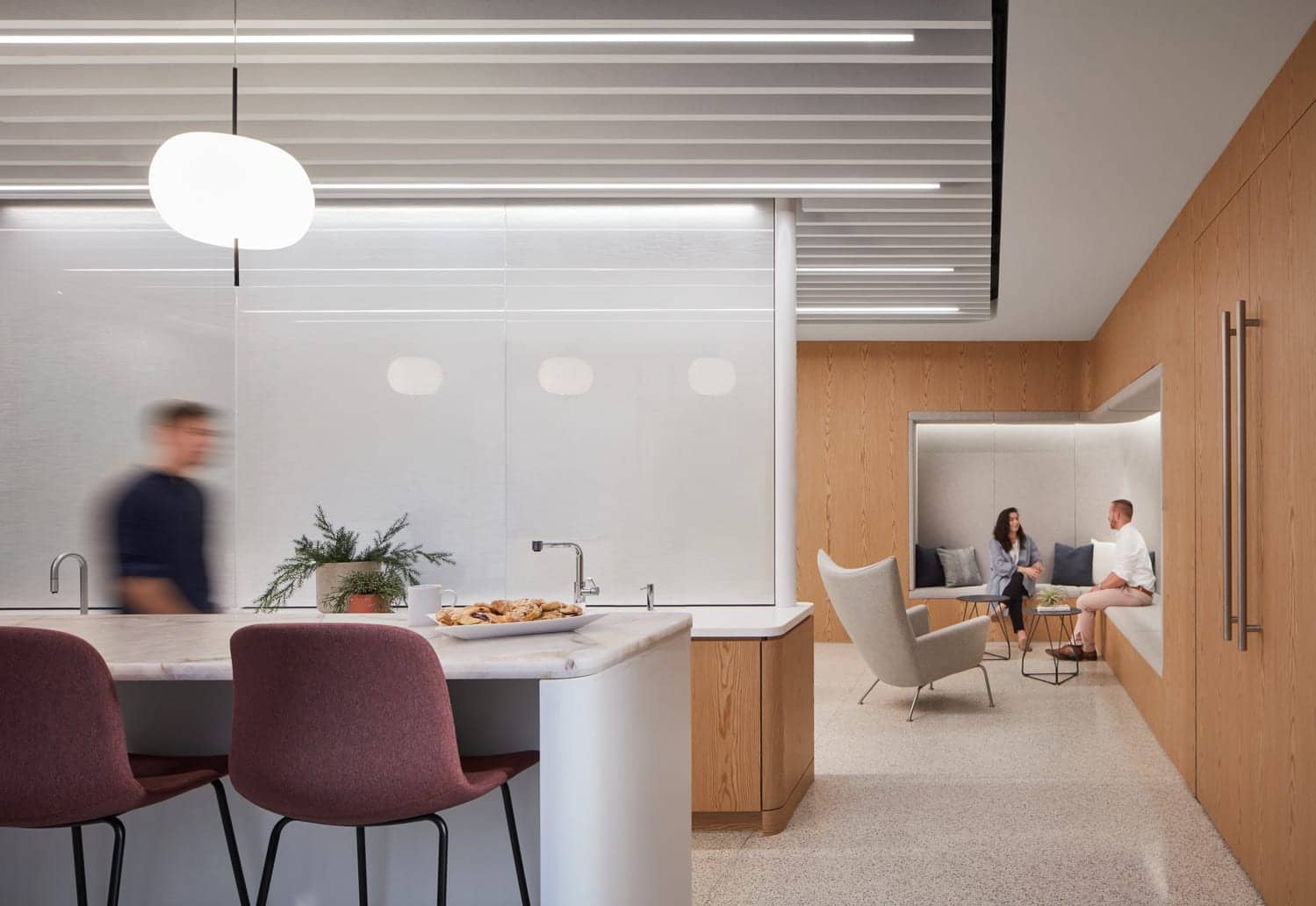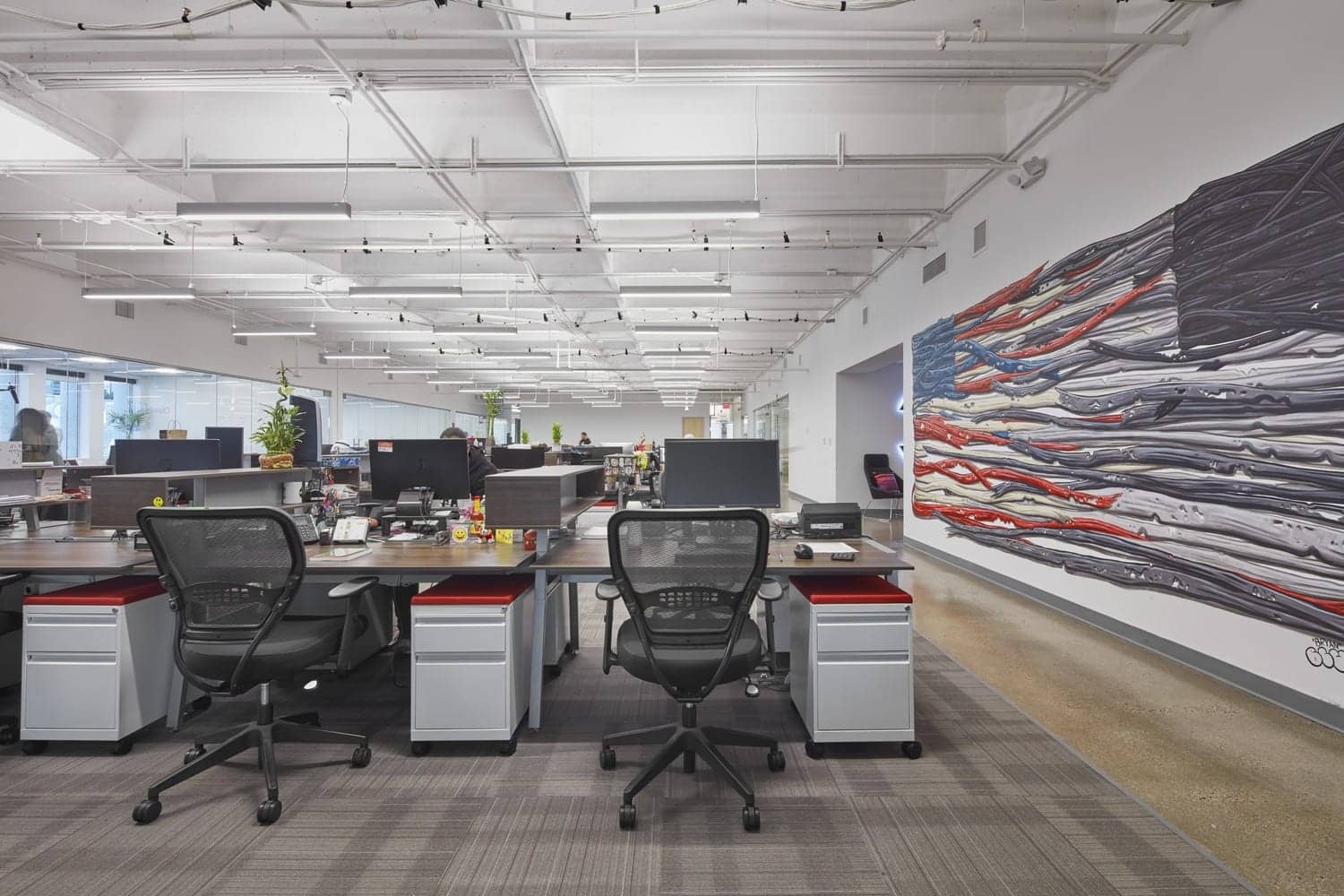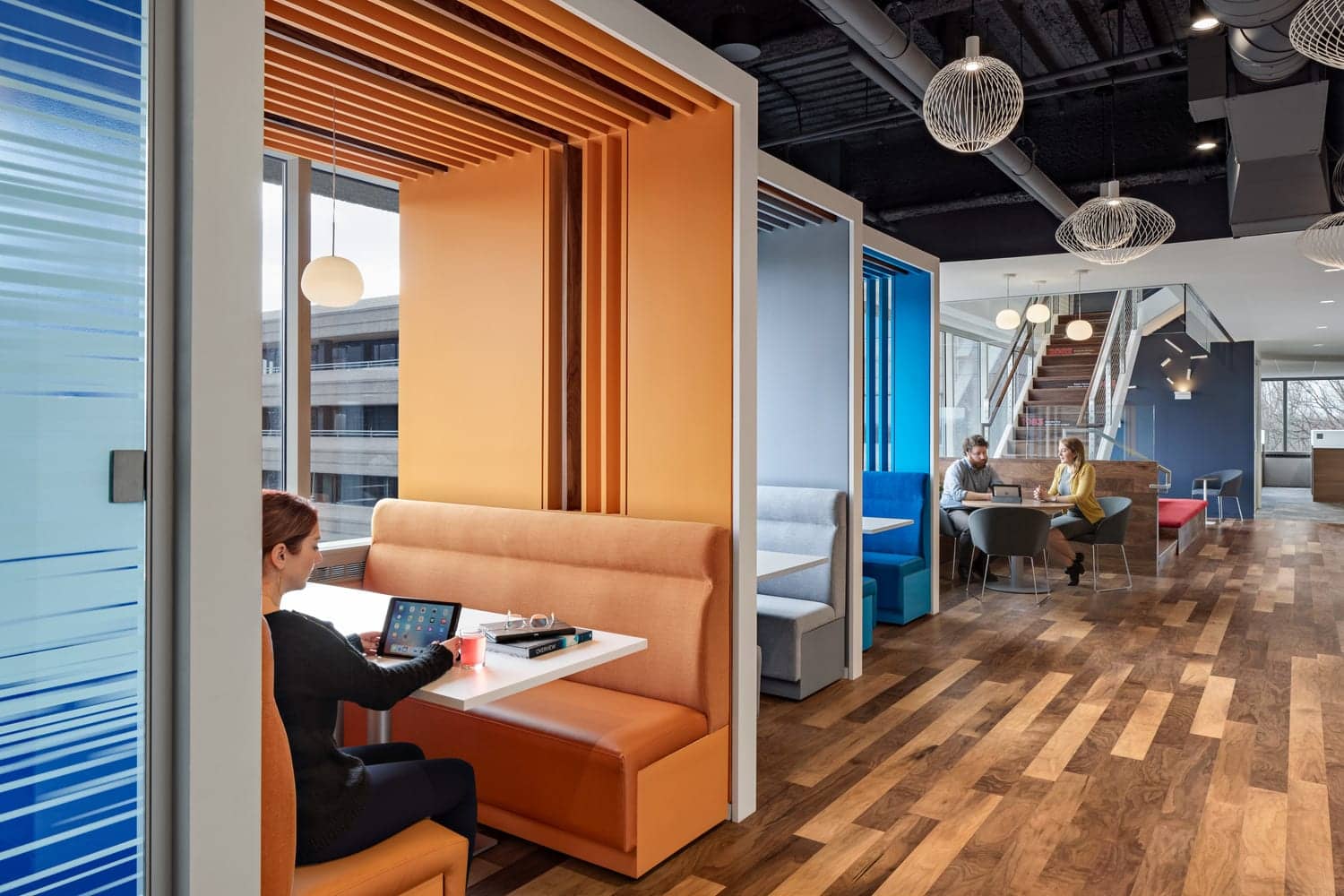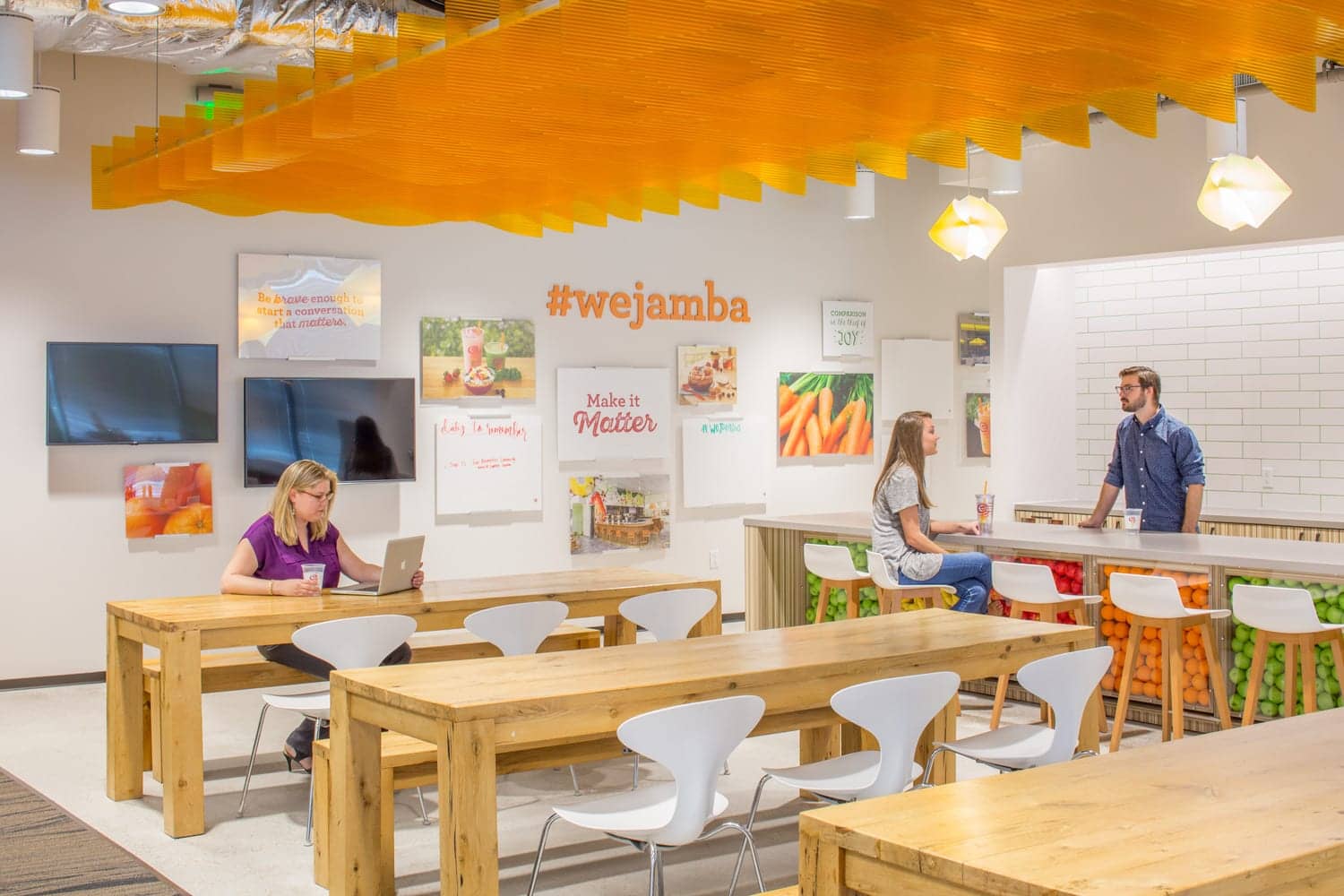More...

Over the last four years the topic of productive generosity has been of interest to both organizational psychologists as well as interior architects and designers—the idea that most employees can be categorized into one of three baskets that describe their willingness to help their coworkers. The general consensus is that in most organizations there are a mixture of three personality types when it comes to sparing time for others: givers, takers, and matchers. Givers tend to share much of their time in order to help their coworkers, takers tend to take advantage of this and pass off tasks to their coworkers, and matchers tend to follow a system of tit-for-tat.
In general, the takers tend to be the most productive members of the organization, regardless of their work role. While this might come as a surprise to no one, there is, however, ample proof that an increased level in generosity among a company’s employees does have the potential to yield greater success for the company as a whole, as well as at the departmental level (i.e., greater employee engagement, lower operating costs, increased sales revenues – a whole host of metrics).
In his November 2016 TED talk Adam Grant, organizational psychologist and professor at the Wharton school of business, outlined a few key takeaways that might help organizations to foster productive generosity. These included:
- Hiring the right people.
- Redefining giving.
- Changing your reward system.
- Building a culture of help-seeking.
While his several talks and writings on the topic yield great tips for organizations, the tips on this list are almost entirely focused on operational changes. Which got us thinking: how can we contribute?
Speak to the Right People
In the TED talk above speaking to the right people is referred to as “getting the right people on the bus.” The concept is that if you bring givers onto your team, and refrain from bringing on takers, you’ll start to find that giving occurs more often and more naturally. As designers, we can support this effort by making sure the sign for the bus stop speaks to the right type of passengers for our metaphorical bus. In other words, as workplace strategists, experiential graphic designers, and fans of workplace culture, we can support productive generosity by ensuring that the space looks and feels like a generous workplace. EGD gives us the ability to communicate a work culture that will speak to interviewees and make sure that givers feel at home in their prospective new environments. As IA’s Director of Workplace Strategy Jim Truhan said in a recent Society for Human Resource Management article, “In a world where [job seekers] can work anywhere, what makes them want to come? You have to give your people a reason to opt in.” In our role as designers and strategists, this might be the most important thing we can do to promote giving in the workplace.
Create an Environment Where People Are Enabled to Give Their Time

The merits of the open office continue to be debated, but an open environment lends itself to generosity by its very nature. With easy visual access to those around them, employees can see at a glance if a coworker is available to help them with a problem. Or conversely, an employee may overhear another employee’s frustration and need for help. Without office walls and doors, the marketplace of generosity is very much on display.
The open office isn’t without its flaws when it comes to fostering generosity, however. Being constantly visible to those around you means it can be easy for employees who are natural givers to get overwhelmed and burnt-out by requests for help. It’s important that designers provide enough variety in the open office to allow employees to signal when they are available versus when they need to focus on heads-down work. For example, sections of the office designated as a quiet area or small private touch down offices can be options for employees who need to focus and not field requests for help. Which brings us to our second superpower:
Make Sure People Are Enabled to Give Intelligently
If the definition of productive generosity is when a workplace fosters the ability of employees to help one another, unproductive generosity might be when employees are not enabled to protect their own time.
Signaling to others that you’re able or willing to help them at a given moment isn’t as simple as posting an updated status, and sometimes workplaces make it difficult to signal to others when you’re willing to help – but maybe not at that very moment. Where one might have simply shut their office door in a closed office environment, the open or semi-open office doesn’t always allow for so obvious a display. It is at this juncture that designers of work environments can help by crafting spaces that allow the givers of the workplace to find respite and give intelligently.

As Adam Grant says in his TED talk, “If we can protect givers from burnout….we can actually change the way that people define success.” If we can enable employees to find their own space when they need it while still promoting a culture of giving, it will be to the benefit of all. At IA, we accomplish this by creating areas where employees can find some amount of privacy, or by creating defined spaces for protecting your time. The above example at Abt Associates in Rockville, MD is one such example, but such spaces are featured in nearly all of our work.
Create Chance Encounters
Even with the ability to see your coworkers at their desks, it can still feel daunting to approach someone to ask for help, especially for more junior employees when approaching more senior employee. By including social hubs in a design, such as kitchenettes, coffee bars, and other casual meeting areas that don’t inhibit workflow, chance meetings between employees can increase, providing a more natural setting for requesting help.
The key to success is flexibility and diversity. A successful workplace can’t operate in a purely open office environment — nor can productive generosity exist in an exclusively private office design. The workplace’s target should lie somewhere in between the two, and we consider it our responsibility to identify the exact point most appropriate for our clients’ long term plans. We also believe that point will promote a workplace where employees are enabled to help one another.
Want to Learn More?
If you were interested in how we designed open spaces that still allowed individuals to protect their own time, then you'll love learning about about our work with a confidential Fin Tech client in McClean, Virginia. Check out the project file we created that's filled with project images, data, and design insights.
Productive generosity, according to recent studies, can be achieved through a slew of operational changes. But how can we as designers and architects contribute?



